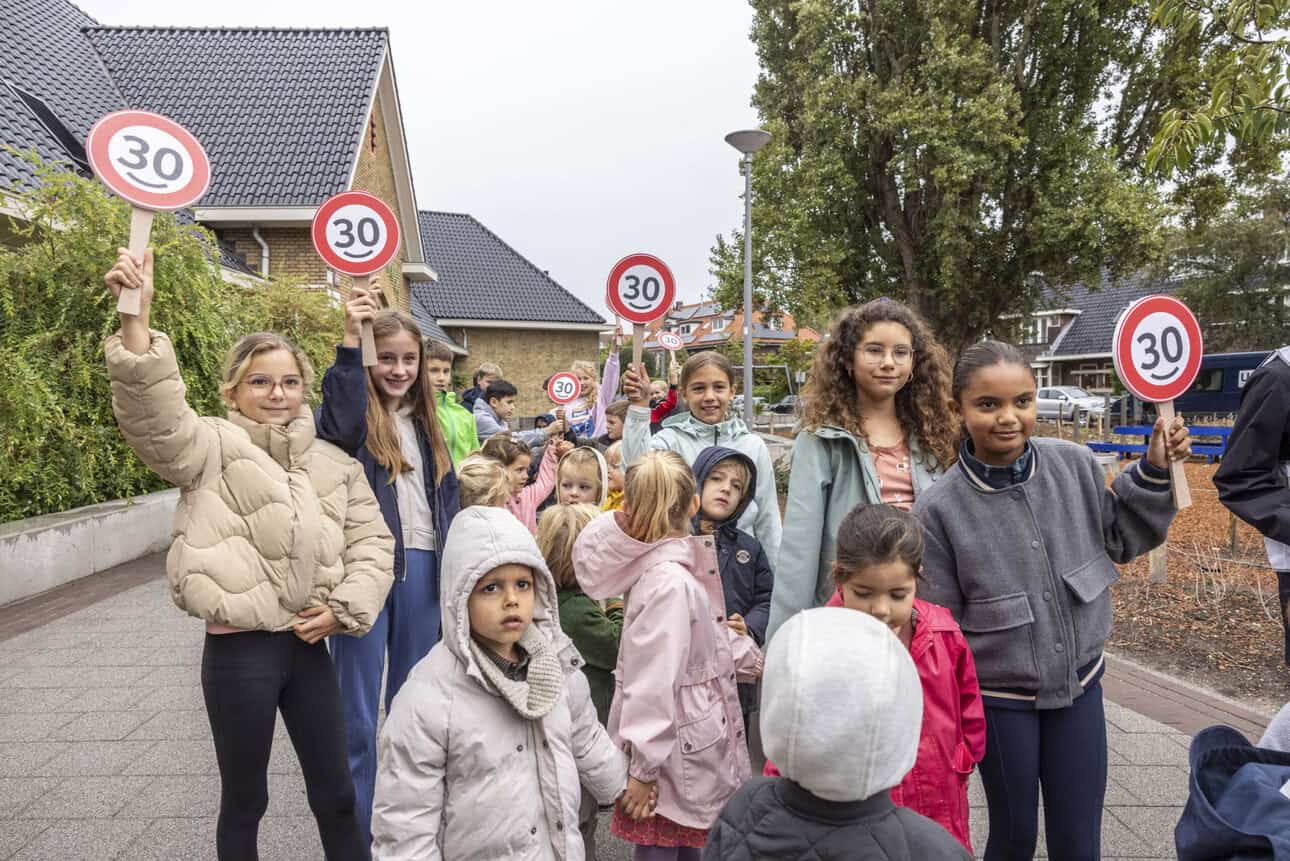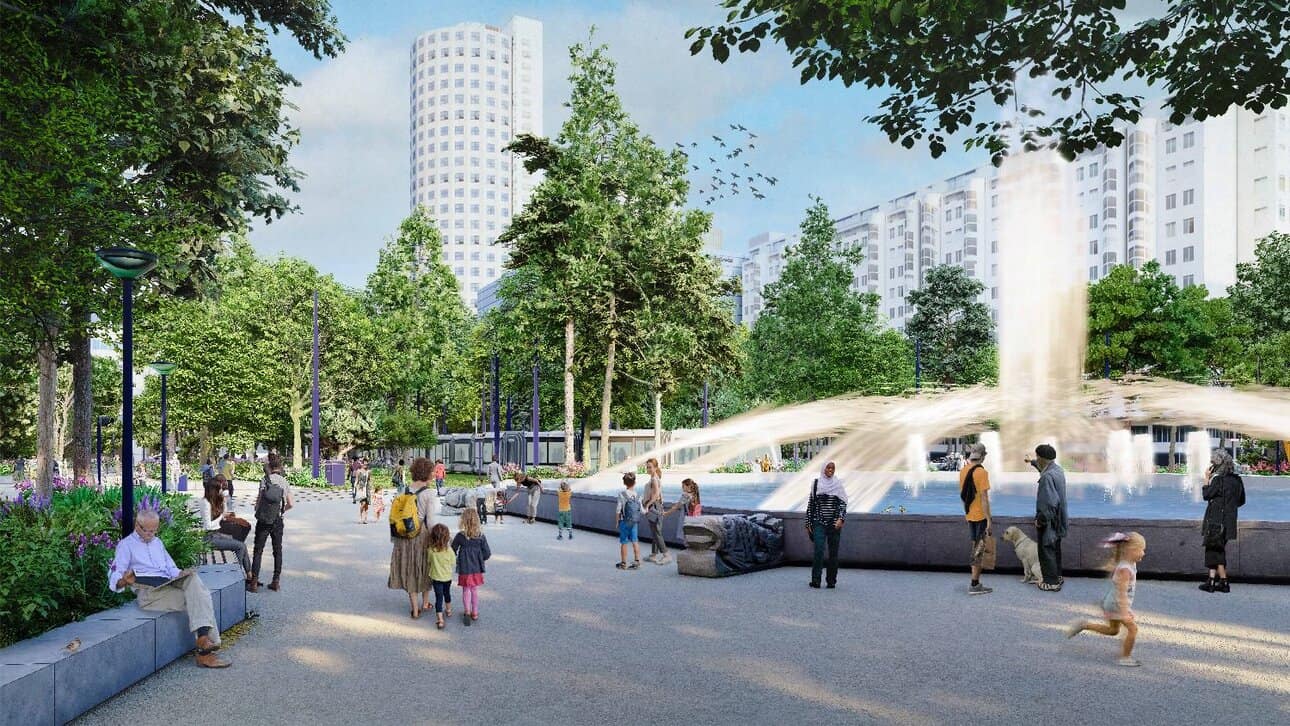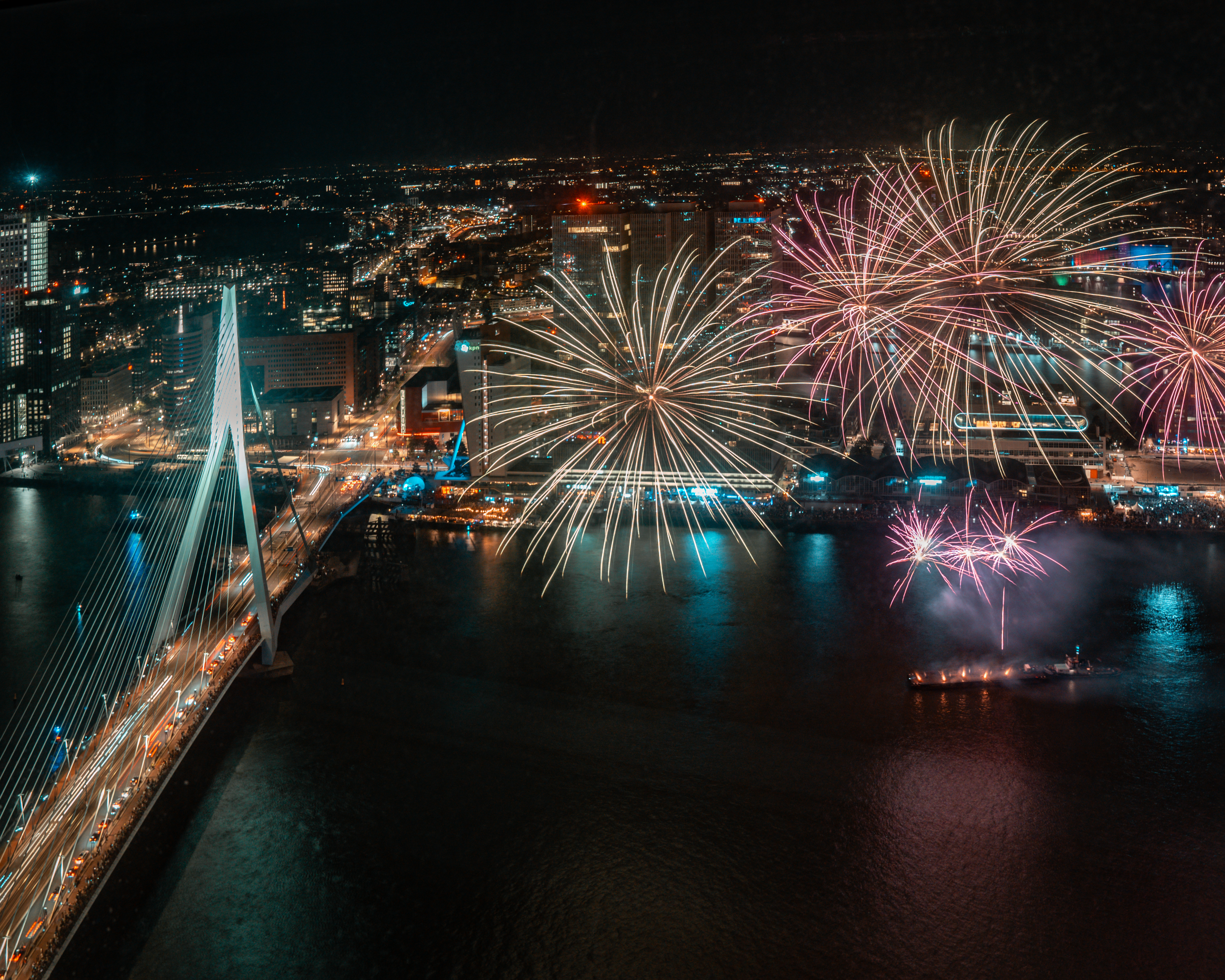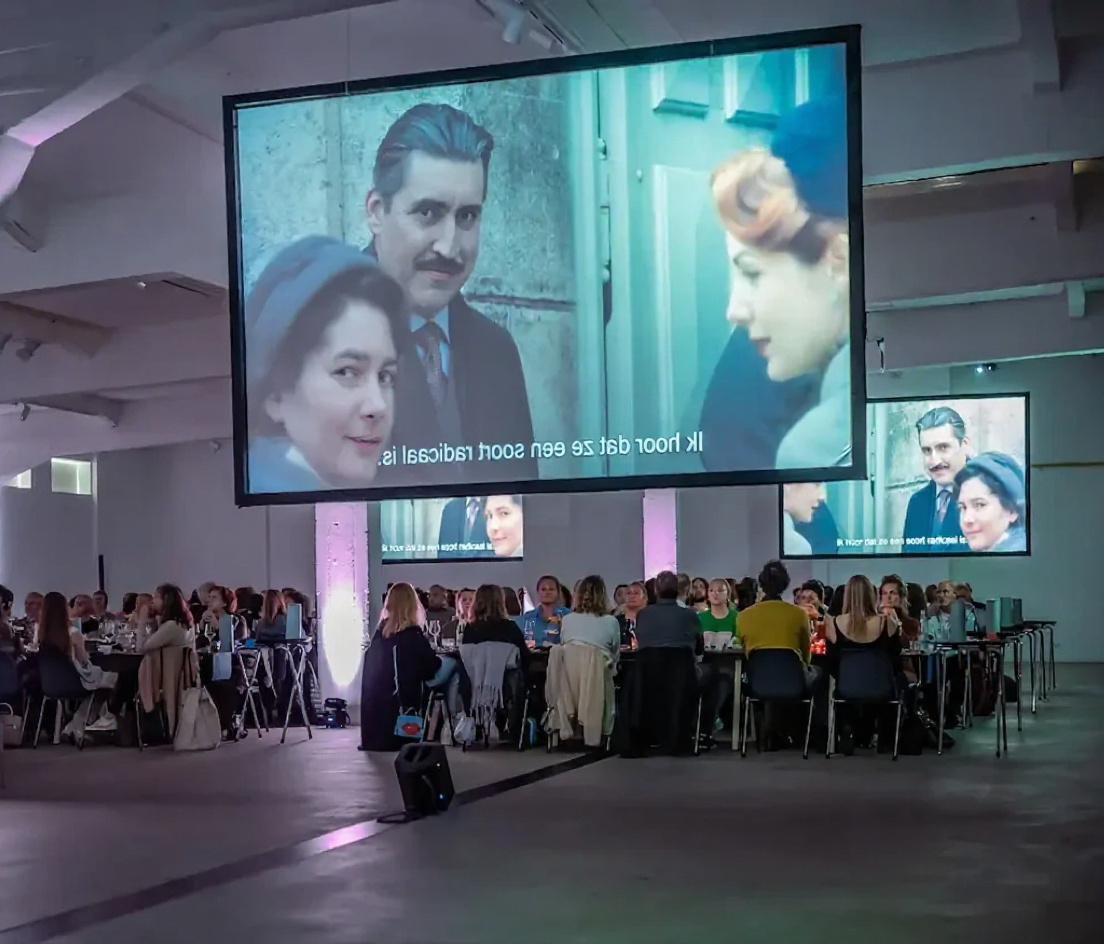ROTTERDAM, 27 October 2025 — In the early hours of Monday morning, the final stretch of the A16 Rotterdam opened to traffic in the direction of Delft and The Hague. After more than six years of construction, road users can now travel in both directions on the 11-kilometre connection linking the A13 near Rotterdam The Hague Airport with the A16 at Terbregseplein. The southbound lanes towards Dordrecht and Breda had already opened earlier this month.
World’s first energy-neutral motorway with tunnel
Built by consortium De Groene Boog (BESIX, Dura Vermeer, Van Oord, Croonwolter&dros and Mobilis) for Rijkswaterstaat, the A16 Rotterdam is the world’s first energy-neutral motorway featuring a tunnel. Solar panels and innovative systems ensure that the route generates as much energy as it consumes.
Smoother traffic and improved liveability
The new road improves traffic flow around Rotterdam and Lansingerland and reduces congestion on the A13 at Overschie and the A20 between Kleinpolderplein and Terbregseplein. The project also enhances liveability in nearby neighbourhoods such as Hillegersberg, Terbregge, Ommoord and Overschie, where through-traffic and noise levels are expected to decrease.
Traffic patterns will take time to stabilise as drivers adjust to the new routes. Early monitoring shows promising results:
- On the A13 near Overschie, traffic volumes dropped by around 40–50%, from 63,500 to 34,000 vehicles per day.
- On the A20 near Rotterdam-Crooswijk, volumes fell by 15–20%, from 76,000 to 60,000 vehicles per day.
- Slight increases have been seen on approach roads, such as the A13 between Delft-Zuid and the new A16 connection (+9%).
It typically takes about a year for travel habits and route choices to fully adapt after the opening of a new road.
Infrastructure renewal continues
While the A16 Rotterdam marks a major milestone, Rijkswaterstaat will continue large-scale maintenance and replacement work on older roads, tunnels, bridges and viaducts across the Rotterdam region in the coming years. Many structures date back to the 1950s and 1960s and now face heavier traffic and more extreme weather conditions.
For an overview of upcoming works, visit rijkswaterstaat.nl/werkzaamhedenrotterdam. For travel alternatives and smarter mobility options, see zuidhollandbereikbaar.nl.

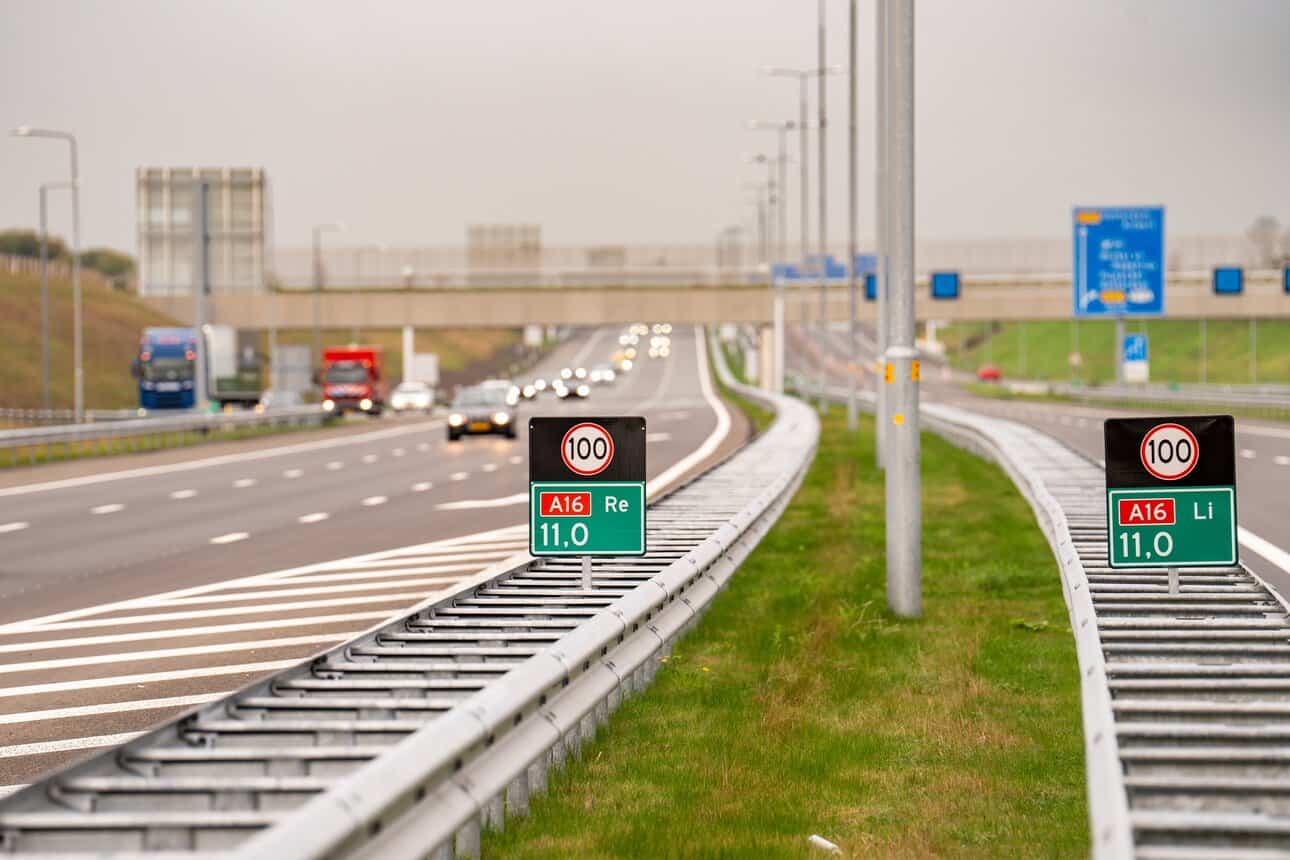
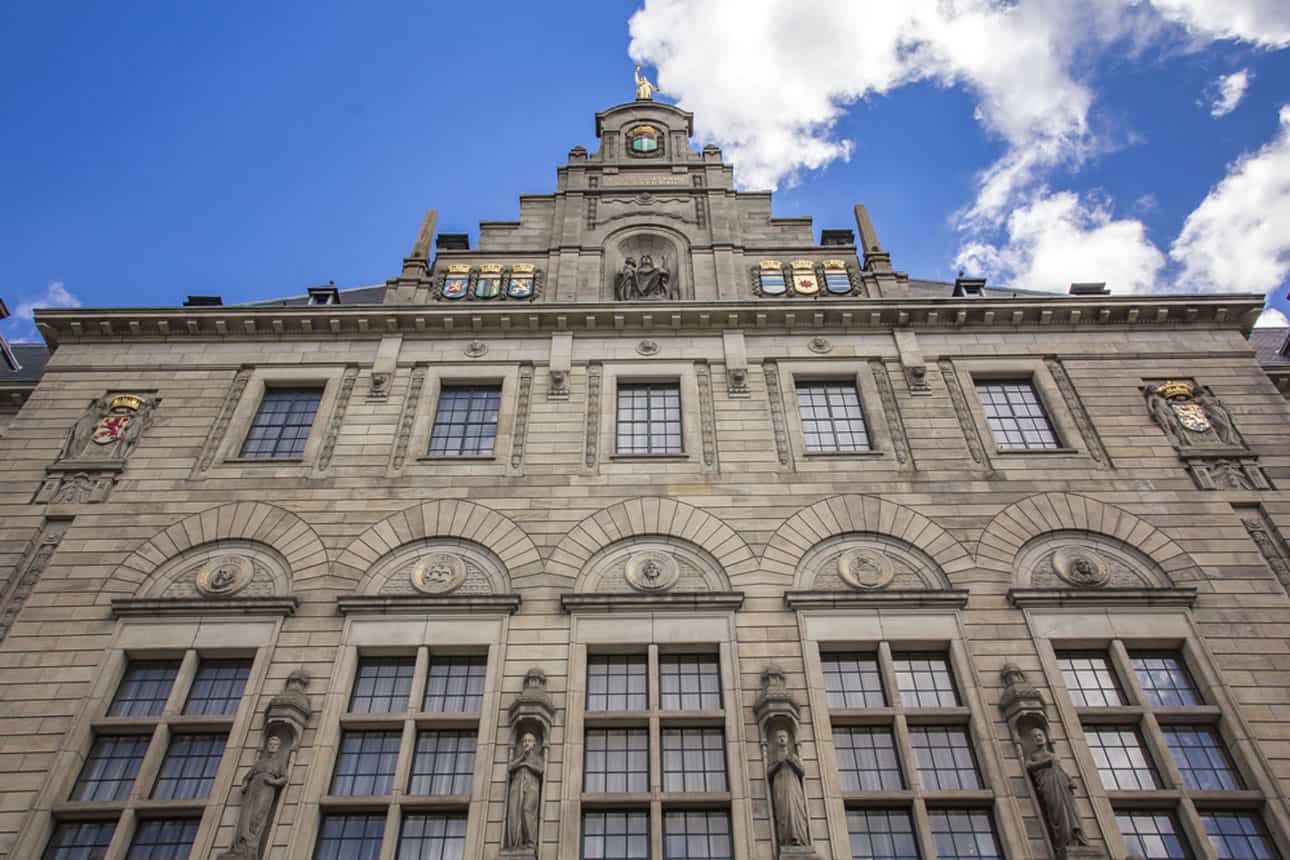
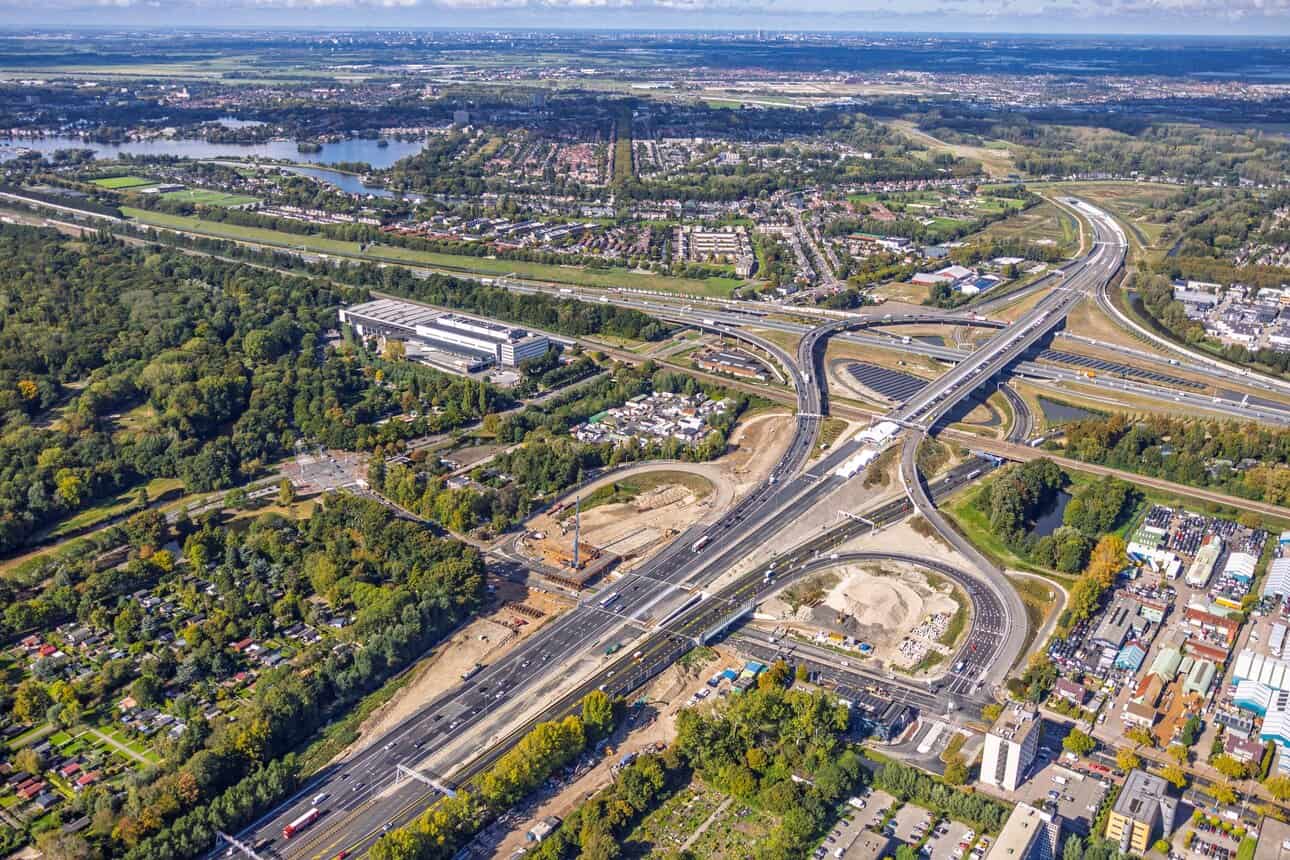
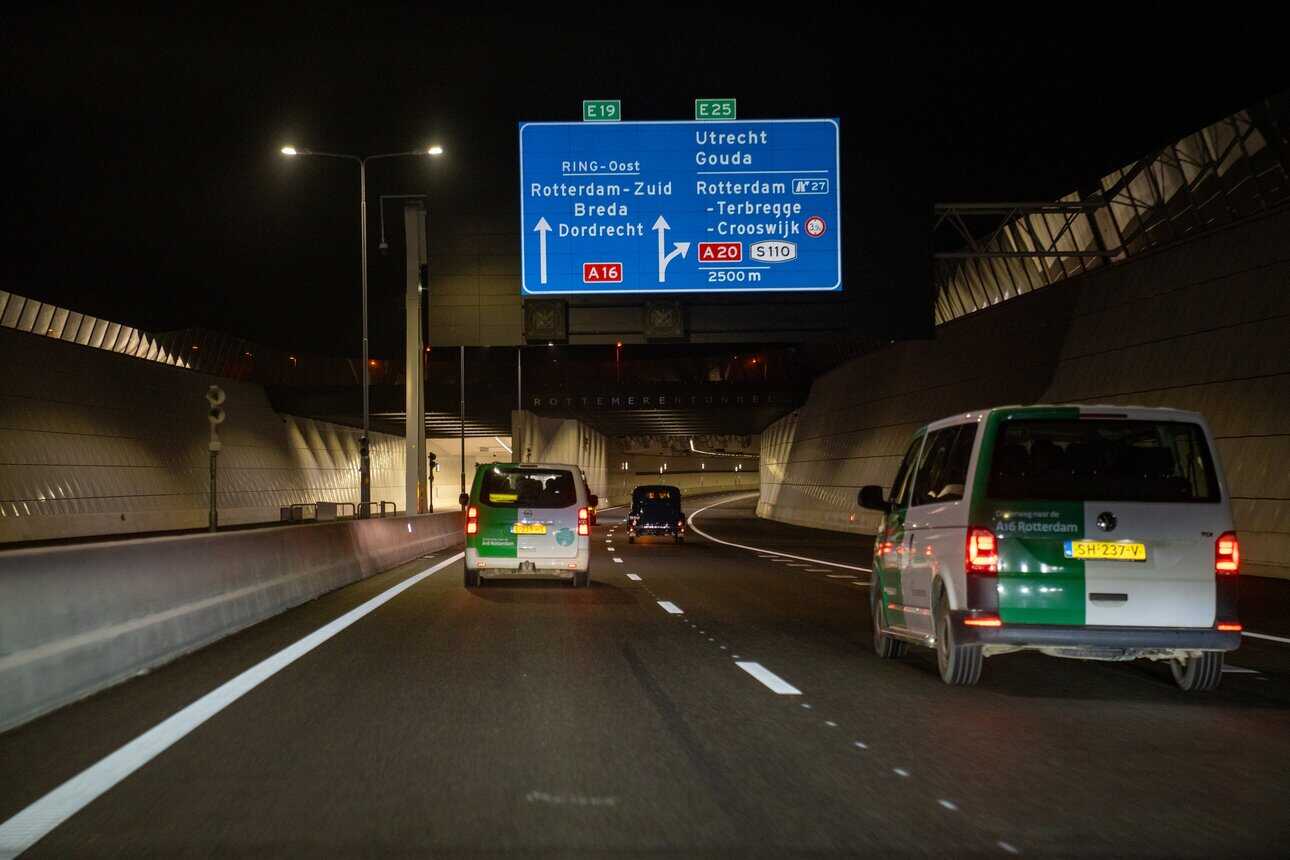
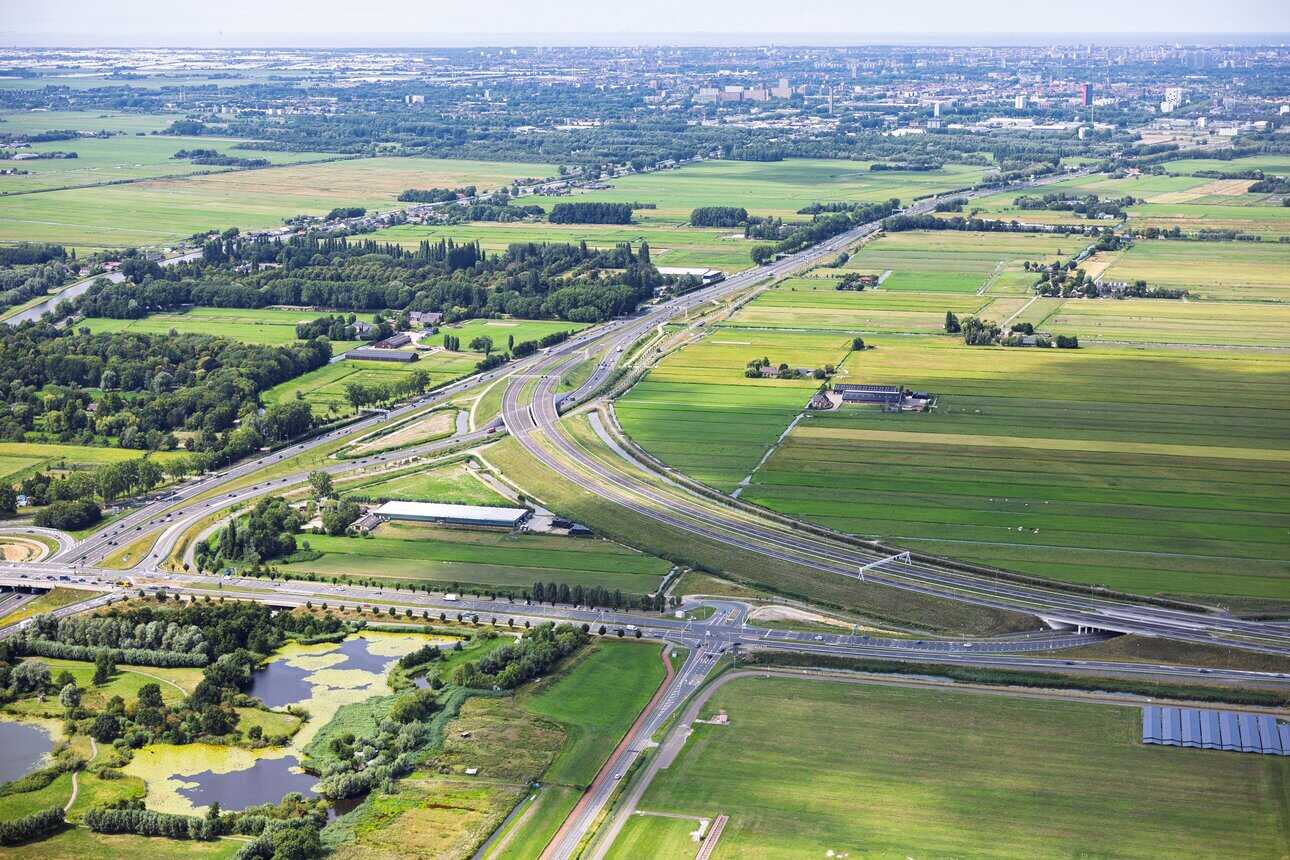
.jpg)
